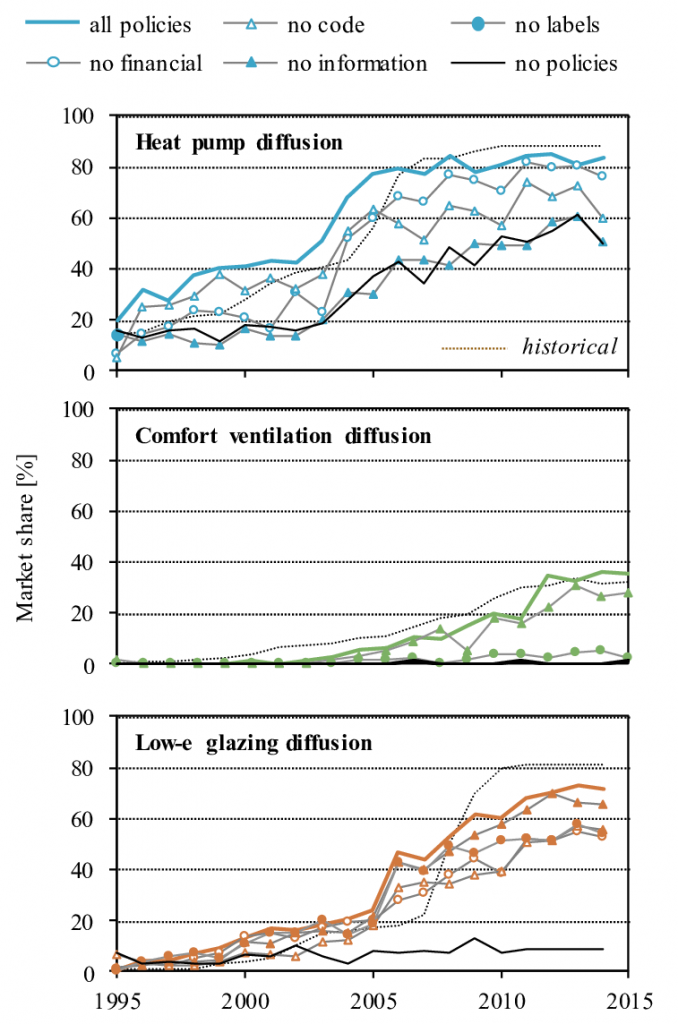Pump efficiency is the percentage of fuel (or oil) that is converted into work in a given time period. This is important in order to conserve fuel and keep your engine running efficiently. There are many things you can do to increase your pump’s efficiency, so read on for some tips!
Overview of Pump Efficiency
Pump efficiency is key to optimizing your workflow and maximizing the amount of juice you produce. By understanding how pump efficiency works, you can make simple adjustments that will help you get the most juice from your juicer. Here are four ways to boost pump efficiency:
1. Clean your juicer regularly. A clogged juicer will not produce as much juice as a clean one. To clean your juicer, remove all the pulp and fruit pieces, pour a glass of cold water into the juicer, and turn it on. Let it run for about 30 seconds, then turn it off and rinse the parts under water. Allow the juicer to dry before using it again.
2. Use the correct size screen. A small screen will not extract as much juice from fruits and vegetables as a larger one will. To determine which screen size is right for your juicer, look at the size of the fruit or vegetable being processed. If it is smaller than the mesh on the screen, use a smaller screen; if it is larger, use a larger one.
3. Adjusting the speed can also increase pump efficiency. To increase or decrease juicing speed.

Factors That Affect Pump Efficiency
There are a number of factors that can affect pump efficiency, including the type and size of pump, the flow rate of the fluid being pumped, the tubing size and material, and the pumping speed. In general, the greater the flow rate, the more efficient a pump will be. Additionally, pumps with larger tubing diameters will be more efficient than those with smaller diameters. Pumping speeds also play a role in pump efficiency; slower speeds result in greater efficiency than faster speeds.

Tips to Improve Pump Efficiency
When it comes to pumping breast milk, there are a few things you can do to improve your efficiency. Here are some tips to help you get the most out of your pumping:
1. Make sure you’re wearing the right clothing. Breast pumps work best when your skin is cool and dry. Wearing loose-fitting clothing will help keep you cooler and more comfortable while pumping.
2. Drink plenty of water before you pump. A well-hydrated woman will have less trouble producing milk and will require less time to pump a full load.
3. Use the right breast pump for your needs. In general, electric pumps are more efficient than manual pumps, but there are exceptions to this rule. If you only need to produce occasional volumes or if you’re using a hand pump, a manual pump may be the better option for you.
4. Try different techniques. Some women find that they get more milk by pumping in short bursts rather than continuously for an extended period of time. Experiment and find what works best for you!
The Basics of Pump Efficiency
There are a few basics you should keep in mind when trying to increase your pump efficiency. The first is to make sure that the pump is operating at its full potential. Second, always clean and lubricate the moving parts of the pump as needed. Finally, be sure to use the right tubing and fittings for your application. By following these simple tips, you can boost your pumping efficiency and get the job done faster.

How to Optimize Pump Efficiency
If you run a pump in your greenhouse or produce area, you know the importance of optimizing pump efficiency. A poorly designed or operated pump can waste energy and reduce crop production. In this article, we’ll discuss some tips on how to optimize your pump operation.
When selecting a pump, it’s important to match the flow rate to the needs of your plants. A pump capable of pumping 1,000 gallons per minute (GPM) can be used to move water around a small garden, while a pump rated for 10,000 GPM can be used in larger nursery gardens or produce areas. It’s also important to consider the size of the pipe being used. Pipes smaller than 1/2 inch will struggle to move water quickly enough, while pipes larger than 2 inches will cause excessive wear and tear on the pump.
When setting up a pump system, it’s important to determine the flow rate and head (height) required to reach the desired target depth. Flow rates are typically measured in GPM and head is measured in feet of water above sea level. To find out the required head, use a chart that shows how much water is needed at different depths based on flow rate and pipe size
Conclusion
Sometimes, we can struggle to produce the kind of muscle pump we desire. This article will outline some ways to increase your pump efficiency and help you achieve the muscular growth you’re after. By implementing these tips into your routine, you’ll be on your way to achieving greater gains in muscle size and strength. So what are you waiting for? Start working these tips into your workout today!
How can I increase my pump efficiency. please click topkitparts see more
